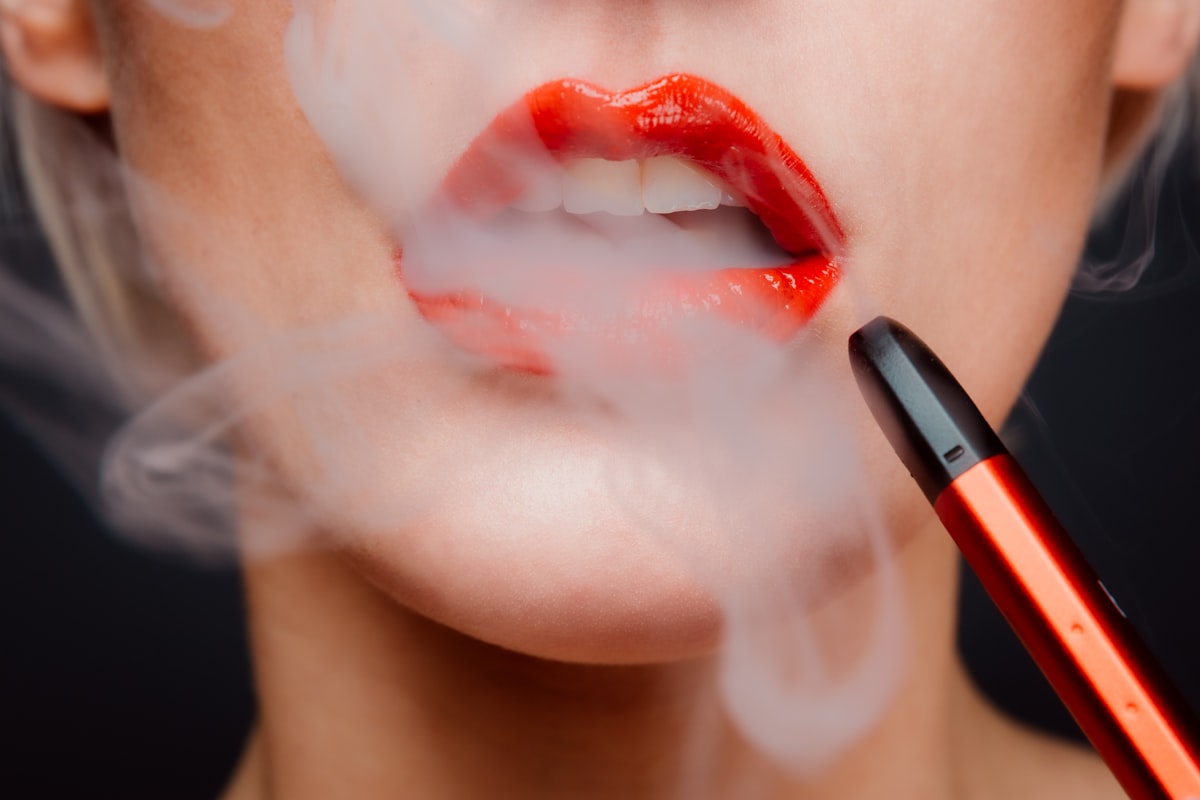E-cig Use by Teens Remains High, Disposables Most Popular

Years of progress in reducing cigarette use are going up in smoke, as teens turn to vaping for their nicotine hits, public health officials at the U.S. Food and Drug Administration say.
“The FDA remains deeply concerned about e-cigarette use among our nation’s youth. It’s clear that we still have a serious public health problem that threatens the years of progress we have made combatting youth tobacco product use,” FDA Commissioner Robert M. Califf, M.D., said in a news release. “We cannot and will not let our guard down on this issue. The FDA remains steadfast in its commitment to using the full range of our authorities to address youth e-cigarette use head-on.”
A recent edition of the Morbidity & Mortality Weekly Report found that 2.5 million (9.4%) of the nation’s middle and high school students report using e-cigarettes, with disposables emerging as the most popular.
The top three brands among teens were Puff Bar (14.5%), Vuse (12.5%), and Hyde (5.5%), and those labels are in line for heightened attention from the FDA, the agency said. It has issued a warning letter to EVO Brands LLC and PVG2, LLC, doing business as Puff Bar, for receiving and delivering e-cigarettes in the U.S. without a marketing authorization order.
The Puff products subject to the warning letter are non-tobacco nicotine (NTN) products. Congress passed a federal law which went into effect on April 14, 2022, clarifying the FDA’s authority to regulate tobacco products containing nicotine from any source, including NTN or synthetic nicotine.
“Congress gave the FDA authority to hold manufacturers and retailers who violate the law accountable,” said Brian King, Ph.D., M.P.H., director of the FDA’s Center for Tobacco Products. “FDA is actively working to identify violations and to swiftly seek corrective actions, particularly for products popular among youth. We will use all compliance and enforcement tools available to us, as appropriate, to protect our nation’s youth.”
Puff Bar fights back
Puff Bar is responding to its critics, claiming that media reports have left the impression that its products have been banned. “Puff Bars are not — and never were — banned,” the company says on its website. The company paused its sales in 2020 to produce “a more innovative product,” it said, adding, “Today, Puff Bars are back. And they’re better than ever.”
The company blames the news media for what it says was widespread misinformation about its products.
“The ones who were supposed to be shedding light on the truth (the media, the journalists) were barely even getting to its basecamp. … We’re done waiting for them to get it right. We’re grabbing hold of our own flashlights and hoisting up our own megaphone, committed to giving you the full picture of what went down — and the total rundown of what’s happening now.”
The lengthy statement doesn’t directly address the subject of nicotine addiction.
Quitting vaping isn’t easy
Unfortunately, whatever manufacturers may say, quitting e-cigs isn’t easy for most people. It’s nicotine – not tobacco – that makes traditional cigarettes and e-cigarettes addictive. While some people may be able to quit e-cigarette use on their own, others, such as daily users, are likely to find it very difficult.
The Centers for Disease Control and Prevention (CDC) recommends following one of the established methods to help people quit other tobacco products, as they can be helpful. Read more about quitting tobacco products in Making a Plan to Quit and Planning a Quit Day and in Quitting Smoking or Smokeless Tobacco.
If you’re having trouble quitting e-cigarettes on your own, talk to your doctor or pharmacist. You can get help from other support services, too, such as your state quitline (1-800-QUIT-NOW) or the American Cancer Society (1-800-ACS-2345).
